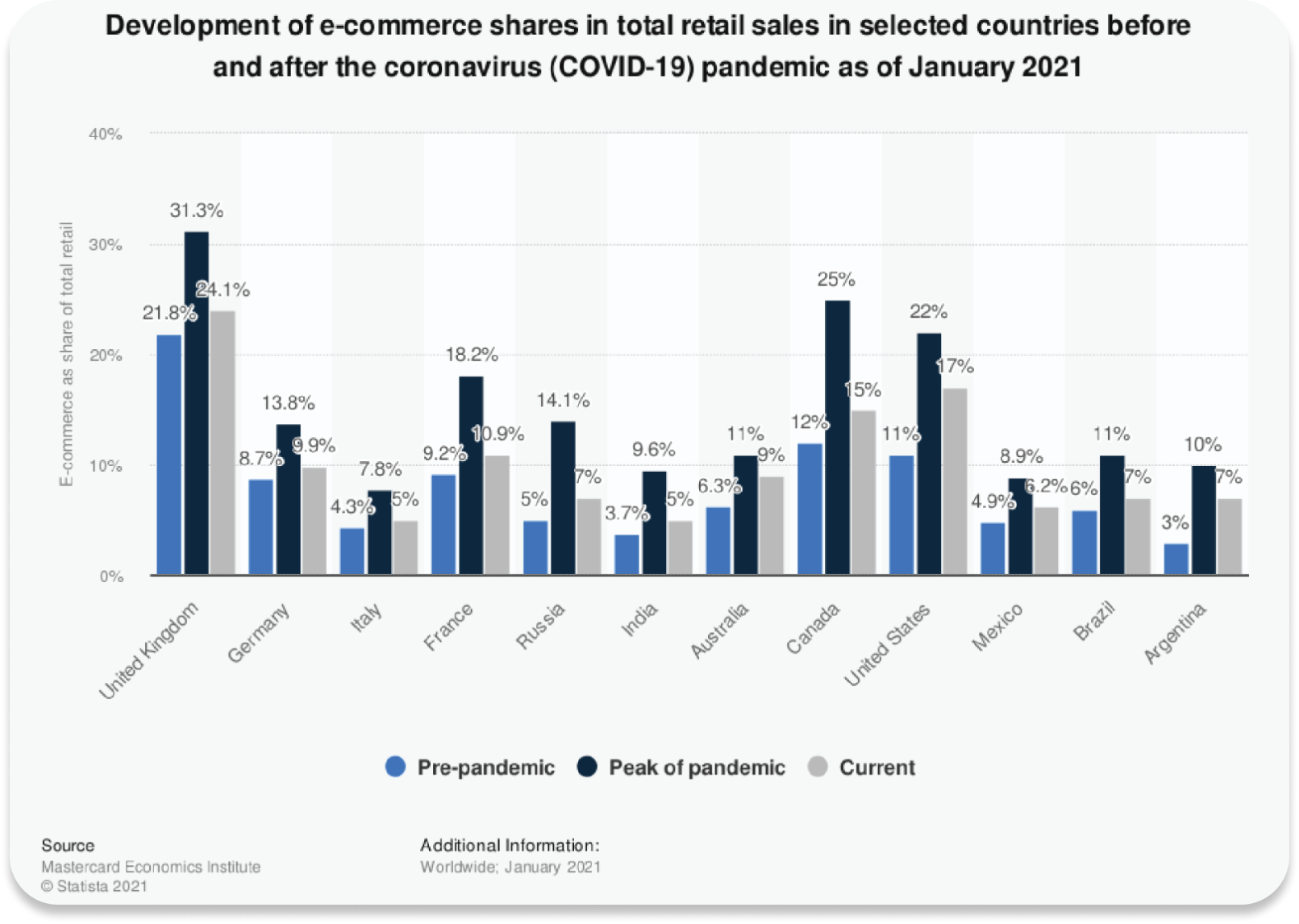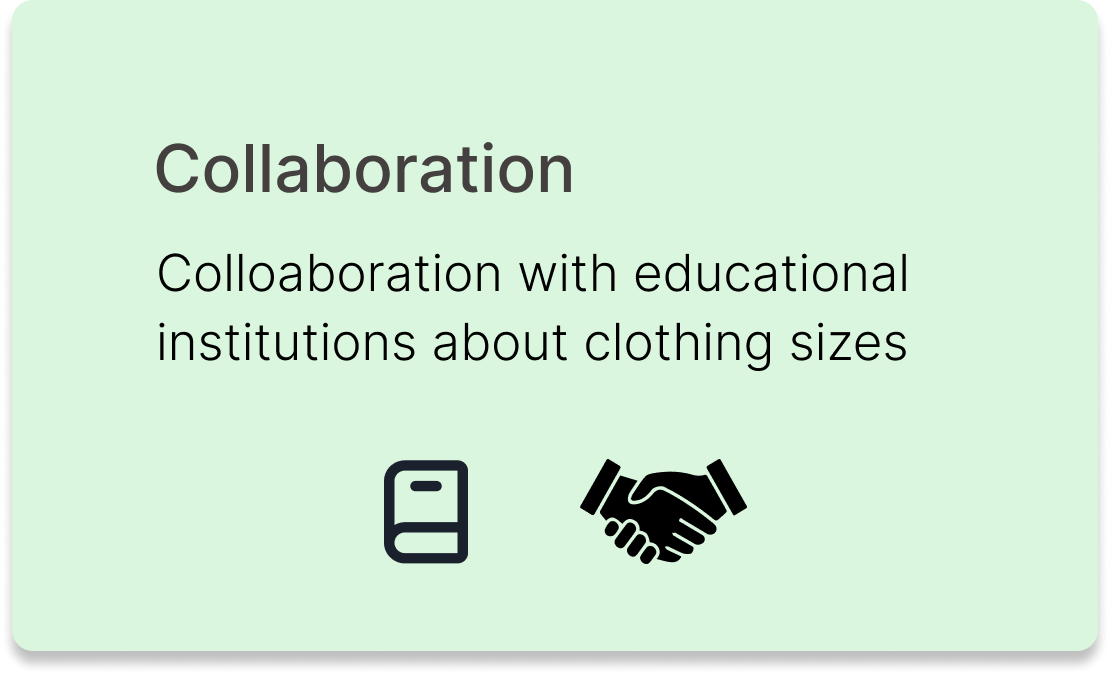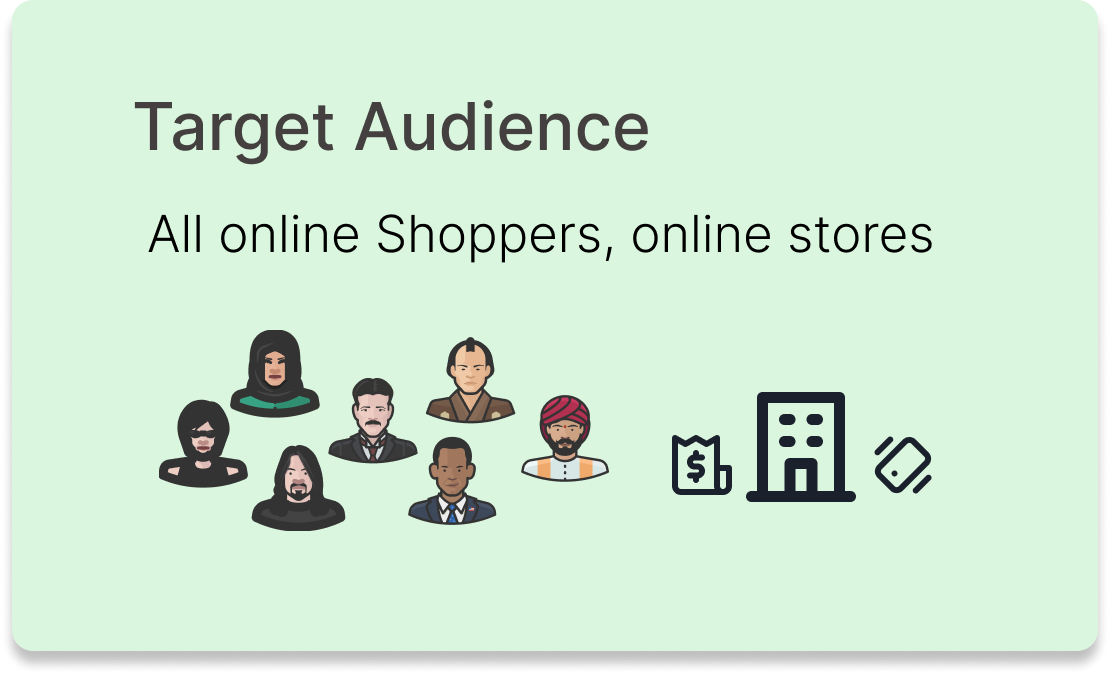Project Overview
DESCRIPTION
Digifit is a dressing room app that uses LiDAR technology to digitally place clothing onto users. This creates the
opportunity or users to observe the size and fitment of the clothing in real time at home, improving online
shopping experience and at the same time eliminating customer dissatisfaction.
MY ROLE
Why I Started this Project & Goal
Online shopping has exponentially increased throughout the years with technology and communiction constantly advancing. Recently, the 2020 pandemic lockdown made the shopping market shift even more towards online. With the influx of new online shoppers, so did the number of complaints of dissatisfaction.
My goal is to take the online shopping experience to the next level and with the latest Iphone (Iphone 13) equipped with LiDAR sensors for the first time, you can expect a domino effect of all future Iphones and smartphones to have LiDAR sensors as well. We must capitalize now on this new technology and reduce customer dissatisfaction!
My goal is to take the online shopping experience to the next level and with the latest Iphone (Iphone 13) equipped with LiDAR sensors for the first time, you can expect a domino effect of all future Iphones and smartphones to have LiDAR sensors as well. We must capitalize now on this new technology and reduce customer dissatisfaction!
What is LiDAR?
* A sensor/scanner that shoots lasers that bounce of objects back to the camera.
* LiDAR measures the time, the lasers needed to come back and uses that data to accurately determine depth
and perspective.
* LiDAR measures the time, the lasers needed to come back and uses that data to accurately determine depth
and perspective.
Problem Statement
& Solution
the problem
* Inaccurate size charts
* Returned items
* Carbon Footprints
* Price increase due to these factors
* customer dissatisfaction
* lost trust in company / lost customers
* made in international factories with conflicting sizes
(i.e. Made in China runs smaller than Made in Mexico)
* no dressing room when buying online clothing
* Returned items
* Carbon Footprints
* Price increase due to these factors
* customer dissatisfaction
* lost trust in company / lost customers
* made in international factories with conflicting sizes
(i.e. Made in China runs smaller than Made in Mexico)
* no dressing room when buying online clothing
SOLUTION
* Create an app that allows users to try on clothes digitally
* Opportunity to take screenshots of the clothing with a QR code for future purchases
* Opportunity to conveniently tap a hyperlink to return to the online store with the clothing item in checkout.
* Provide an educational advisory on what body type you have and which size should be worn
* Provide a favorite section that allows you to save clothing you like within our app!
* Opportunity to take screenshots of the clothing with a QR code for future purchases
* Opportunity to conveniently tap a hyperlink to return to the online store with the clothing item in checkout.
* Provide an educational advisory on what body type you have and which size should be worn
* Provide a favorite section that allows you to save clothing you like within our app!
DISCOVER
QUALITATIVE RESEARCH
I conducted a quantitative research of the economic market I wish to pursue with this app!


Statistics show the exponential growth of online shopping during the pandemic lockdown
STAKEHOLDER INTERVIEW
In this phase, I will determine my business plan






USER RESEARCH
I used Maze and sent out a open ended questionnaire to get to know my target audience better, as well as to gather some qualitative and quantitative data
RESEARCH INSIGHTS
After carefully reviewing the data I gathered from my user research, I have concised the data into these infographics!

NOTEWORTHY RESPONSES


DEFINE
PERSONA
Next, I created a fictional persona of my target audience based on the data I gathered from my research.
EMPATHY (ONLINE SHOPPING)
Next, we empathize with our users upon their own personal experience to gather personalized insights
COMPETITIVE ANALYSIS
Now we identify the competition, and although my app is unique and has not been made, we can gather design inspiration from other apps, as well as AR tech based apps. AR is less accurate than LiDAR although we can use this to our advantage by taking inspiration.
USER FLOW
I created a user flow to map out the app I am trying to create. This serves as a blueprint that we will later on incorporate as the structure of the app.
DESIGN


USER TESTING
In this step, I began user testing to ensure that my app will be fully functional before moving on to the high fidelityDesign. For this user testing, I made the buttons too small which made the usability rate drop. The flow and everything else seemed fine.
I revised the UI and made the buttons slightly larger and the results were great! I have achieved 100% usability
FINAL SCREENS (HIGH FIDELITY)
TAKEAWAY
Starting out this project, I did not know about LiDAR right away. I had to do multiple research sessions not only from my users but the tech as well. I learned to be patient and to take risks here and there. After completing this project, I am overjoyed to see an idea slowly come to fruition and I intend to use this minded in future projects. I also am currently working to try and have this app coded to obtain data that has more user insights.
